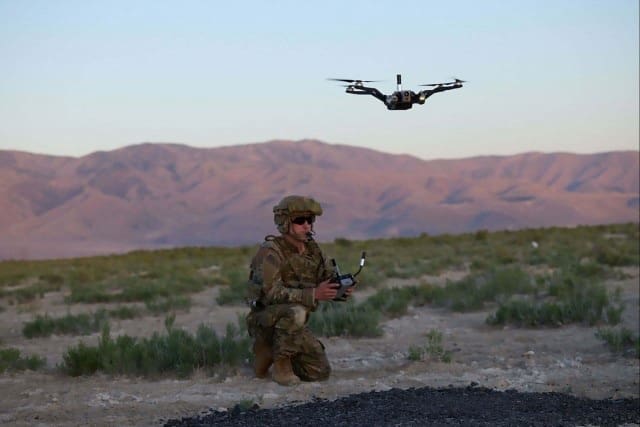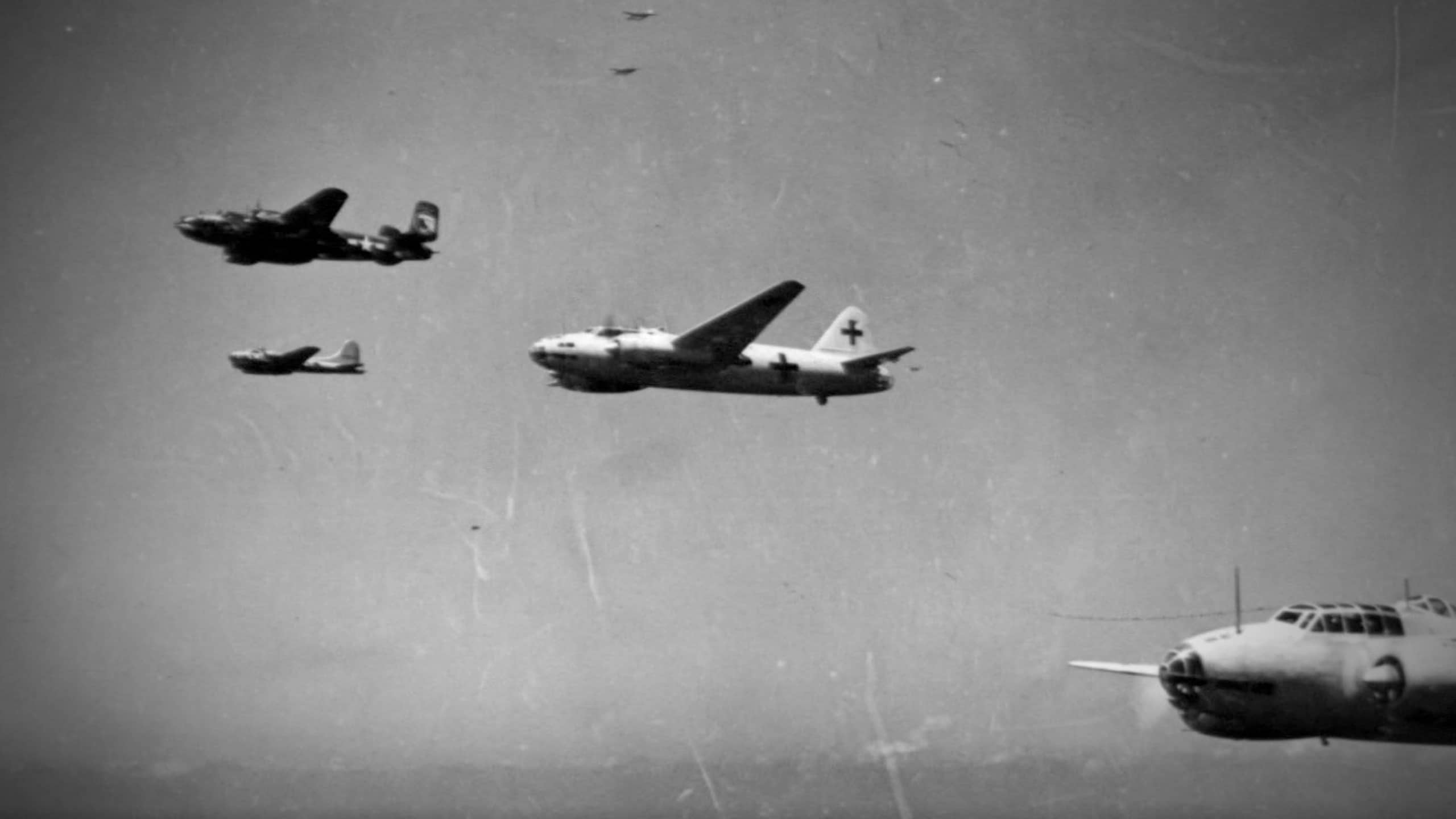Army Begins Production of Second Tranche of Short Range Reconnaissance UAS
Redstone Arsenal, Ala. 20 August 2025 – The U.S. Army has initiated production of the second tranche of its Short Range Reconnaissance (SRR) UAS (Unmanned Aircraft Systems), marking a significant step forward in modernizing battlefield capabilities. The Army selected Teal Drones and their Black Widow system as one of two vendors to manufacture the SRR system, which will equip the Army’s Transformation in Contact (TiC) units with advanced, networked communication systems designed to address emerging threats.
Initial fielding of SRR tranche one began in September 2022, and to date the Army has fielded over 16 brigades with this capability. Critical lessons learned and Soldier feedback from tranche one were incorporated in tranche two. This strategy will continue to incorporate new technologies into future tranches to provide the very best UAS capabilities on an accelerated schedule.
The TiC initiative is part of a broader Army effort to evaluate how personnel, tactics, and technologies align to meet the demands of modern warfare. The Program Manager for Uncrewed Aircraft Systems remains committed to delivering essential equipment to soldiers in time to support the Army’s strategic objectives. These systems act as force multipliers, enabling precise fires, supporting ground operations with timely intelligence, and enhancing operational flexibility and agility. SRR systems use cutting-edge sensors that integrate with Uncrewed Vehicle Control and Android Tactical Assault Kit capabilities. These capabilities provide real-time intelligence, reconnaissance, and target acquisition, empowering commanders with the tools to make rapid and informed decisions. Additionally, SRR systems continue to improve Soldier survivability by detecting threats, identifying safe routes, and minimizing exposure to hazards, making these systems indispensable assets on the modern battlefield.
The Army’s investment in SRR systems underscores its commitment to advanced technologies that improve combat effectiveness and protect soldiers in increasingly complex operational environments.
By Matthew Ryan
Both comments and pings are currently closed.
Read the full article here








Leave a Reply